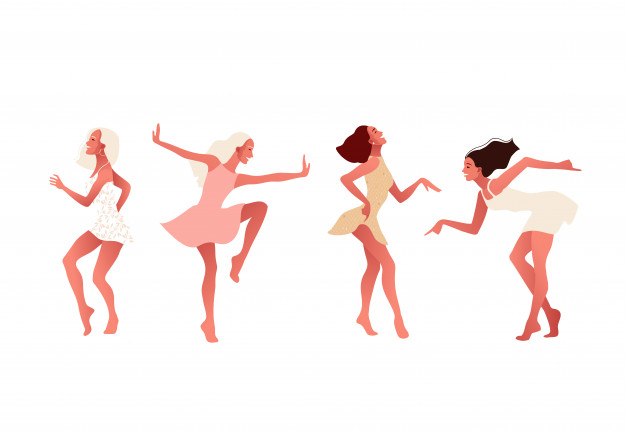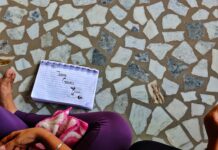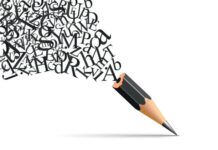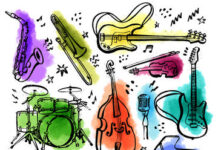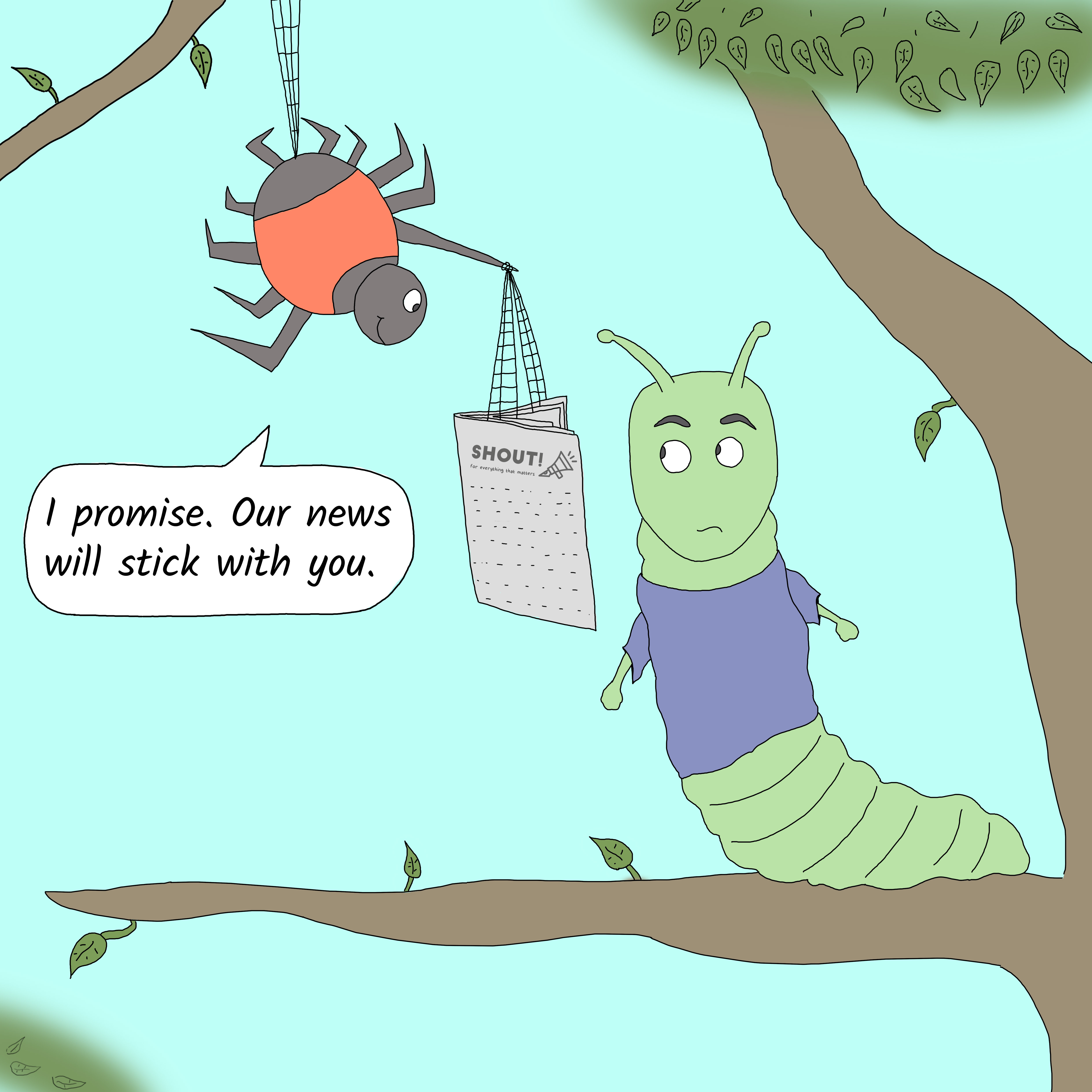“My earliest memory of feeling like I belonged was in a dance class. My earliest memory of feeling like I was heard and seen was on a stage. My earliest memory of feeling proud of myself was with dance. Dance gave me confidence, it made me feel invincible, it gave me a sense of purpose and community. Dance helped me connect to my strengths and work on my shortcomings.”
When I had learnt that Amma was The Therapist, I met Ruchi Shah Jhaveri to understand exactly how movement could be therapeutic. Our journeys with dance are so unique. It is simply astounding how every dancer moves along a different road to fulfilment and when our souls smile, transcendence. Ruchi has been helping, healing and empowering people through movement. I often sit on rocks with the sea lashing against them. Only this time, I was sitting with one. She had come to our shore to tell us, ‘Why Dance? Why Movement? Why Therapy?’
Why Dance?
As a child, I was loved, I was supported but I wasn’t really heard. I very quickly learned that the only way to make space for myself was to be loud – in volume and personality. But that only took me so far. This was the void dance filled. It became an instrument for my expression. I didn’t need to be loud to be heard or seen or understood. I just needed to dance.
Why Movement?
Movement is our earliest mode of communication. We moved in order to communicate before we learned language. A frown, a smile, every little movement communicated our needs and emotions to our primary care givers when we were babies.
Movement was also our earliest way of connecting even before we understood language. We recognized love by a hug or kiss from a caregiver. We recognized joy from the smile we saw on their faces. We recognized sadness or anger by their movements and their non-verbal cues.
That is why movement is so important to me. To retrace the foundations of what helps us relate, connect and understand. While words can be misunderstood – the body never lies.
Therapy
Dance as an art form, like any other body-based practice, helps release endorphins and makes people feel healthier, less stressed out and positive.
Dance Movement therapy is founded on the belief that the body never lies. Neurobiology, kinesiology and psychology show that the body holds our deepest truths, even when the mind relies on defence mechanisms to cope and distract it. If we were to just slow down or pause, check in with ourselves and ask, “What is my body saying to me today?” and cultivate a habit to listen to the answer revealed, we will open ourselves up to our own truths, power and healing.
There was a time when I thought dance was only powerful because it made you confident and helped you express yourself. It was only after I studied Dance Movement Therapy and became a licensed psychotherapist that I really understood the clinical impact of this approach.
Having said that,
Dance Movement Therapy is not just about dance as a technique or a performance. The words dance and movement in DMT are about bringing the body into the experience of healing. It reminds us that the body and mind are really interconnected and that while we are listening to the mental chatter, we should not ignore the body. It brings the body into the conversation. DMT is not about a specific dance technique. Often it is not about “dance” at all. Movement could be something as small as a heartbeat or the rhythm of the breath. It could be about tension you notice in a specific body part while you narrate and re-experience a challenging experience.
Simply put,
- DMT is not about the product it is about the process
- It is not about feeling happy or relaxed, it is about feeling whatever may be stored within
- It does not involve a teacher/leader and student/follower. It is a synchronous process between a therapist and client where the client is in power of her/his movements and the therapist is simply a guide and mirror.
Studying to overcome…
Studying to become a Dance Movement therapist has been provided me with a tool to combine my greatest passions – dance and helping communities – in addition to overcoming a personal hurdle.
I experienced severe anxiety. I had been in therapy for a year. I used to feel anxious even stepping out of the house. And yet something pushed me to go to a completely different country in the midst of it all. The thing about studying to become a therapist is you have to work on yourself at the same time. It helps you become aware of your own trauma, experiences, feelings and truth. Unless you face your own deepest narratives, it is impossible to help others work on theirs.
My experience was less about what I learned and more about what I had to unlearn.
Making it Better
The few things that I feel I am able to do as a therapist for my clients are these:
- Provide them with a safe space without any judgement
- Hear what they are trying to say as against merely listen to what they are saying
- Help them heal past trauma by providing a healthy therapeutic relationship within which they can rework relationships in their lives that need healing
- Empower them to recognize that while the challenges may never completely be gone, they have the awareness to recognize them and the tools to heal from them.
The tunes we move and heal to…
Music is definitely important. Particularly in sessions where it spurs the movement and expression to happen. The right music supports a client’s expression rather than influencing it. Music has the power to evoke emotions and memories. Hence, a trained therapist would use music to complement the needs of a client.
Go on, say some more, say it all…
I am a dance/movement therapist and mental health counsellor. I use movement in my sessions as a means of facilitating self-awareness, self-expression, and change. What we experience on a psychosocial and emotional level, has an impact on our bodies and vice versa. When we experience anxiety, we feel our hands get fidgety. When we experience sadness, we may feel our body curling up and becoming smaller. When we experience anger we feel our head getting heavy. When we experience fear, we feel our heart racing. When we feel stressed, we feel our chest getting heavier. So if our body is always present in how we experience our world, why leave it out in the therapy space.
A DMT session does not look like a dance class though. It doesn’t always have to be a full body movement or dance (yet can be). It can also the subtle movement of your fingers or the swing of your torso. Since there is not structured technique and instructor, as a therapist, I would guide you to bring your natural movement expression into the space based on the goals we wish to attain.
For example, if I am working with someone who is experiencing grief of any kind, I would help her bring that experience into her body. I would ask her questions like:
“Where in your body do you store grief? What does it feel and look like? How can we move this grief?”
I lost a friend around the same time that I found dance. I was too young then to process loss, heartbreak and shock. In one fell swoop, I had no one to play ball or share dolls with. Perhaps, unwittingly, dance was my therapy. And I heal a little more everyday…
As an undergraduate student, Ruchi Shah volunteered at an under-resourced community in Mumbai where she discovered that engaging in the arts, in a safe space, helped some kids become more confident, less angry, more sociable and expressive. Back then, neither did she have a language nor a theoretical framework to define the help she was providing. She knows now though, that it was the therapeutic effect of dance and movement all along.
Today, a while after completing her formal education, Ruchi (now Ruchi Shah Jhaveri, MA, R-DMT) continues to pursue her purpose (one of many) of empowering children through the therapy she has come to know and practice. She sure has us expressing our gratitude and we’re dancing, moving and mending as we do!
Her resolve strengthens as a founding member of the Indian Association of Dance Movement Therapy. There will be more SHOUT!ing about that soon.
DISCLAIMER: The SHOUT! Network welcomes guest posts on its website. The statements, views and opinions expressed within these guest posts are those of the author alone and do not necessarily represent those of The SHOUT! Network and its associated writers. Whilst we endeavour to ensure the accuracy, applicability and completeness of the content on the website; no warranty or guarantee, express or implied, is given with respect to our guest posts. The SHOUT! Network is neither liable nor responsible to any person or entity for any errors or omissions, or for any offense caused from such content. The copyright in and arising out of guest post belongs to the author alone and any liability with regards to infringement of any rights including intellectual property rights remains with them.
DISCLAIMER: The content on this website is merely an opinion and not intended to malign any religion, ethnic group, organisation, company or individual. Nothing contained herein shall to any extent substitute for the independent investigations and sound judgment of the reader. While we have made every attempt to ensure the accuracy and completeness of the content contained herein, no warranty or guarantee, express or implied, is given with respect to the same. The SHOUT! Network is neither liable nor responsible to any person or entity for any errors or omissions, or for any offense caused from such content.
In addition to the above, thoughts and opinions change from time to time… we consider this a necessary consequence of having an open mind. This website is intended to provide a semi-permanent point in time snapshot and manifestation of the various topics running around our brains, and as such any thoughts and opinions expressed within out-of-date posts may not be the same, or even similar, to those we may hold today.
Feel free to challenge us, disagree with us, or tell us we’re completely nuts in the comments section of each piece. The SHOUT! Network reserves the right to delete any comment for any reason whatsoever (abusive, profane, rude, or anonymous comments) – but do SHOUT! with us, if you will.

